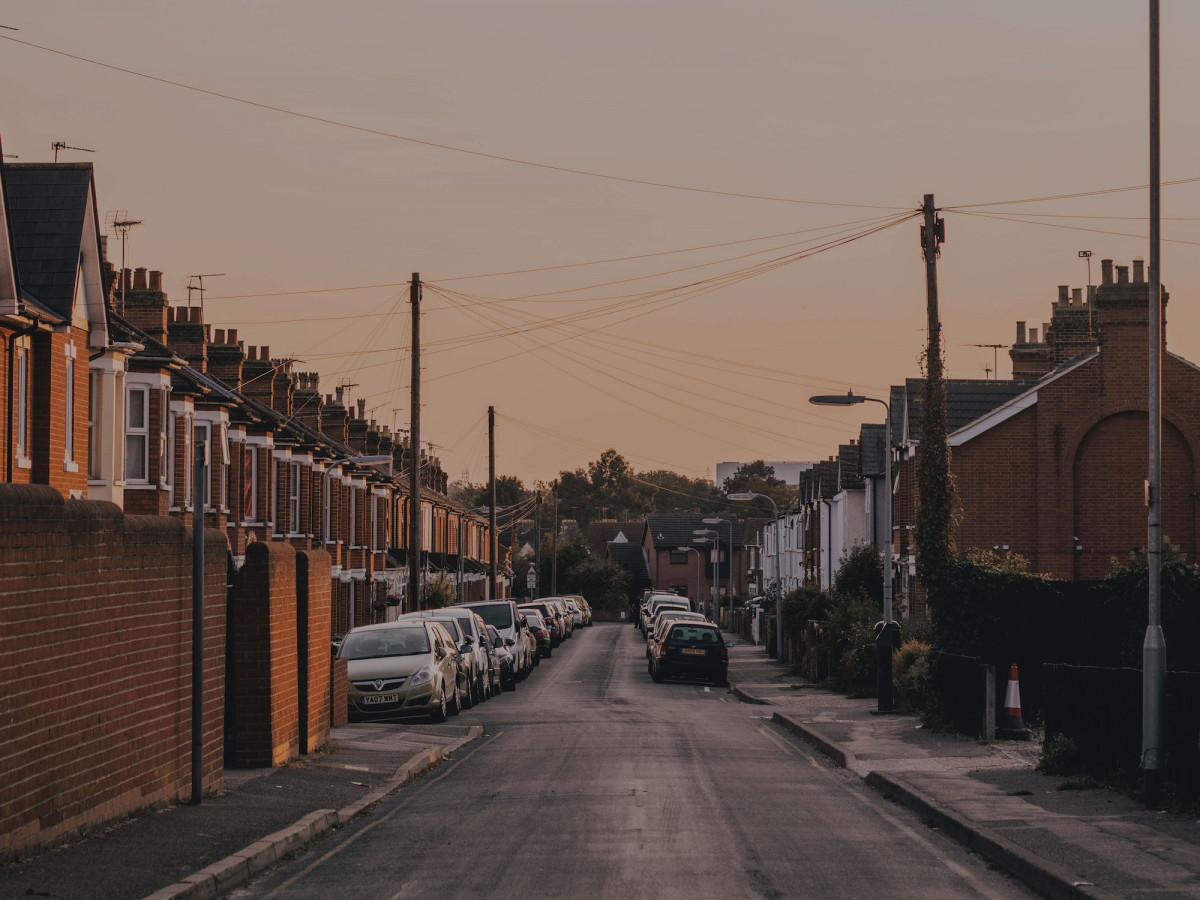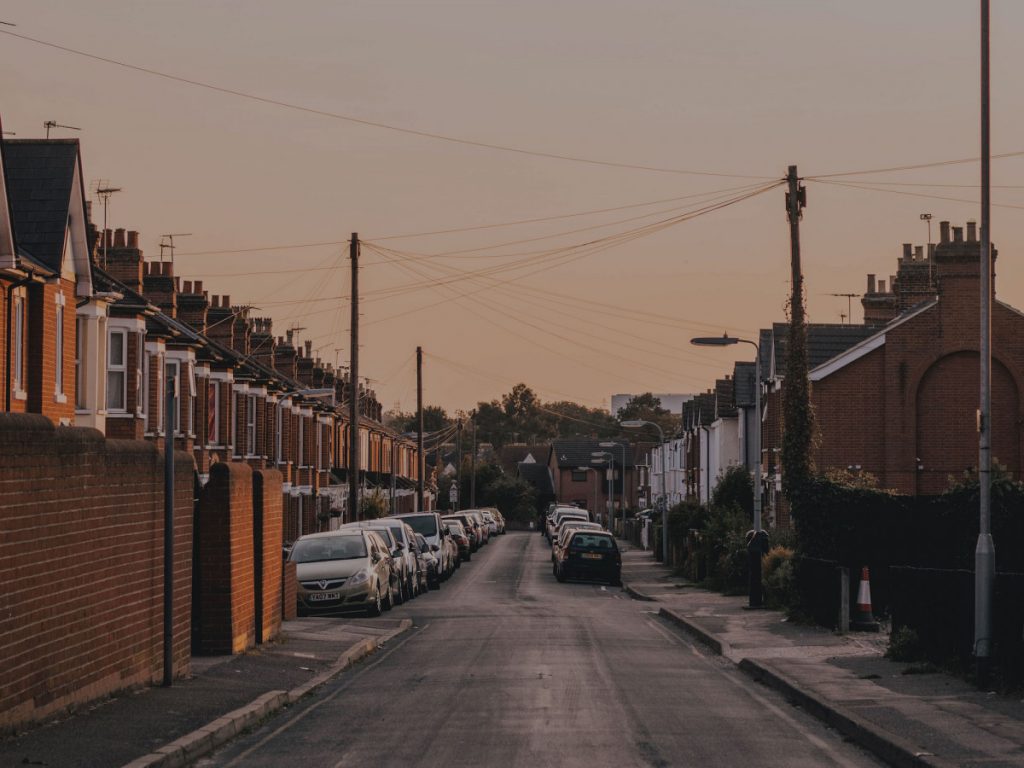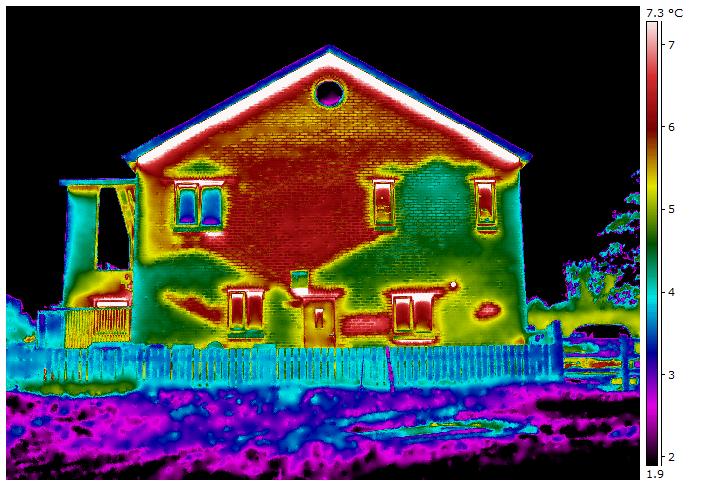Address
Unit F, Prospect Business Centre, Dundee, DD2 1TY
Work Hours
Monday to Friday: 08:30 - 17:00
Sat-Sun Closed.
Address
Unit F, Prospect Business Centre, Dundee, DD2 1TY
Work Hours
Monday to Friday: 08:30 - 17:00
Sat-Sun Closed.

Achieving net zero in the UK by 2050 requires a Herculean effort. But data-driven building retrofits offer a way forward – making homes financially, socially, and environmentally sustainable at speed and scale. Tim Meanock, CEO of Tallarna, explains how data acts as a driver for change, empowering decarbonisation in the social housing sector.

According to the UK Green Building Council, the built environment is responsible for approximately 30% of Britain’s greenhouse gas emissions[i]. Much of this is caused by poor energy efficiency, a problem that is estimated to cost £104 billion to rectify in social housing alone. With government legislation requiring over 4 million social homes to undertake retrofit projects before 2050, commencing work is increasingly urgent.
Before any retrofit can happen, housing providers need to understand the condition of their properties and their energy efficiency ratings. Only once this information is gathered will they have an objective view on what’s needed to plan, fund, and execute retrofits – and ensure projects provide the maximum benefit to residents.
One of the most effective ways to do this is to combine thermal imaging information with open data sources on archetypal building performance. Together, these can give an accurate insight into a building’s energy usage and energy waste. The value of thermal imaging is that it can detect a broad range of issues that often remain hidden and undetected through traditional surveying methods, for example, half-filled or empty wall cavities, waterproofing weaknesses and defects in insulation.
Retrofit projects that go ahead without thermal imaging data can be subject to energy leakage through unseen defects, which leads to ineffective retrofits and ultimately, residents’ energy bills and living standards suffer. Thermal imaging has the additional advantages of not damaging a building’s fabric, avoiding resident disruption, and preventing ‘lost days’ waiting for surveyors to complete reports, as it is a non-invasive surveying technique.

While thermal imaging’s insightful data establishes the present condition of a property and informs the required measures to address energy efficiency issues, it needs to be connected to other pieces of the net zero puzzle.
Too often, retrofit planning operates in siloes, with the worlds of building engineering, insurance, finance, and procurement taking fundamentally different views on the best way forward. As a result, projects become a shot in the dark. But to make retrofit decisions based on facts, not assumptions, these dots must be connected, and the risk of project underperformance must be quantified.
Risk quantification at the planning stage mitigates outcome uncertainty. By leveraging powerful Artificial Intelligence (AI) algorithms that combine a housing provider’s own data, Building Information Modelling (BIM), and insurance criteria, the accuracy of forecasted energy savings’, Return on Investment (ROI), and carbon reductions can be understood by all members of the value chain. Not only does this deliver confidence in significant CO2 reductions and cost savings, but it empowers execution. Ultimately, this leads to better living standards and cheaper energy bills for residents.
To ensure retrofit projects are effectively delivered and meet their targets, all building stakeholders need to interact with each other dynamically, ideally through an ecosystem approach that includes data-driven insights, performance guarantees, efficient funding, and trusted contractors. Without this, retrofit projects are more likely to fail at the discovery stage – leaving the delivery of the UK’s net zero goals out of reach.
Lack of funding remains a key obstacle to retrofit execution. Indeed, it is consistently cited as the main hurdle facing local authorities, housing associations, and private providers, driven by poor balance-sheet capacity and existing budget constraints.
Combining thermal imaging data, advanced AI modelling, and risk quantification provides the necessary information to ensure project outcomes, backstopping underperformance. Crucially, it unlocks efficient Environmental, Social, and Governance (ESG) funding. And, since insurance policies underwrite and transfer project risk, off-balance sheet treatment is possible. Such a methodology allows existing budgets to be leveraged several times over – improving residents’ lives and reducing fuel poverty at scale.
Partnerships such as the collaboration between Tallarna and IRT Surveys offer landlords a turnkey solution for designing financially viable retrofit projects across thousands of properties at a time. Tallarna is an award-winning climate tech company for the built environment and IRT Surveys, a technology-led, net zero pathfinder. By integrating their own respective AI models, customers can leverage a single platform for identifying, designing, insuring, funding, and contracting retrofit projects on a highly scalable basis.
Hosted by IRT Surveys, the companies’ combined AI insights allow customers to enjoy a data-driven view into the technical and financial outcomes of retrofit measures, with access to insurance and funding via Tallarna. This in turn equips housing providers to move forward with projects confidently in a world of changing government legislation and stakeholder priorities.
For further information, visit: www.irtsurveys.co.uk and www.tallarna.com
[i] https://www.tltsolicitors.com/insights-and-events/insight/financing-retrofit-projects-social-housing-series-part-1/